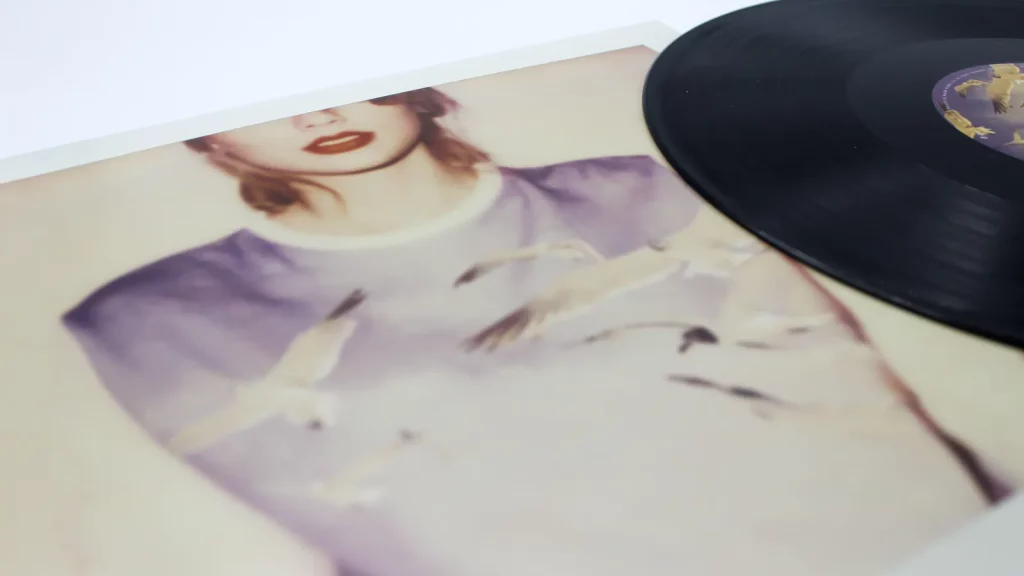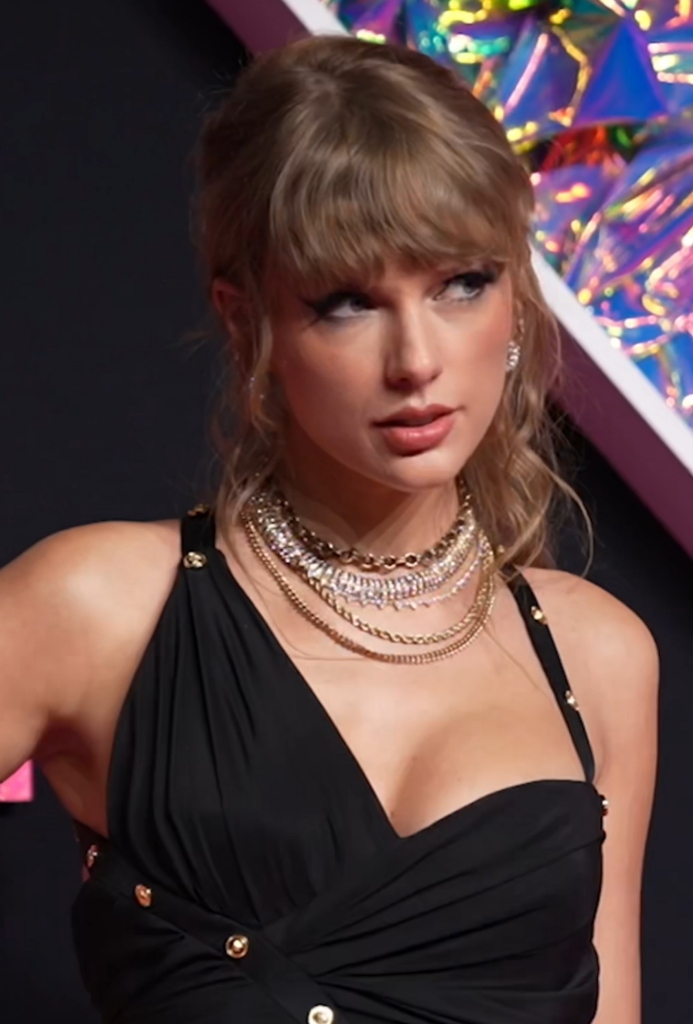In 2019, music executive Scooter Braun acquired Swift’s former record label, Big Machine, thereby gaining ownership of her entire back catalogue. Subsequently, he sold the master tapes to an investment fund for a reported $300 million. This initiated a protracted dispute between Swift and Braun. In response, Swift embarked on the ambitious project of re-recording her entire back catalogue, beginning with “Fearless” in 2021, followed by “Speak Now,” and most recently, “Red” in 2022. As fans rediscover this pivotal phase in Taylor Swift’s career, her “pop era” and personal transformation come into focus.
Swift’s shift away from her country roots towards a more “alt-pop” direction on “Red” in 2012 was a controversial decision. She collaborated with Swedish pop mega-producer Max Martin, and the singles “I Knew You Were Trouble” and “We Are Never Ever Getting Back Together” melded her signature guitar-driven sound with a broader spectrum of influences, spanning from EDM to dubstep. While this transition drew criticism from her traditional US country fanbase, it also introduced her to a new and diverse global audience of pop music enthusiasts.

Taylor swift 1989 album cover
However, it wasn’t until her subsequent album that Taylor Swift fully embraced her new pop direction. “1989” was originally met with enthusiastic reviews when it was first released in 2014. Billboard referred to it as “a sophisticated tour-de-force,” while Rolling Stone noted that “it sounds like nothing she’s ever tried before.” Nearly a decade after its initial debut, the return of Taylor Swift’s retro-futurist masterpiece to the mainstream is especially fitting. This album defies its era, seamlessly blending musical and lyrical influences and eras, with narratives that look both backward and forward, weaving themes of memory and loss.
Crafted in collaboration with her friend and Bleachers frontman, Jack Antonoff, at the start of his rise as a super-producer, “1989” exemplifies exceptional musicianship and album structure. Diaristic lyrics harmonize with lush synths and vocal percussion throughout the record. The album, from its abundant ’80s synth elements to its washed-out Polaroid cover, evokes nostalgia while brimming with a sense of anticipation for the future.
The opening track, “Welcome To New York,” may appear to be about arriving in an overwhelming city with “a kaleidoscope of loud heartbeats,” but it carries the underlying message of starting anew, perhaps after a failed relationship, and dreaming of a fresh beginning. A standout on the album, “Out of the Woods,” depicts a woman in the present reminiscing about a past relationship while looking forward to the future, repeatedly questioning, “Are we out of the woods yet?”
“1989” delivers a message of hope, conveying the idea of creating something beautiful out of life’s challenges. Dr. Lucy O’Brien, in her 1995 book “She Bop: The Definitive History of Women in Popular Music,” writes that pop music often conveys “both embattled strength and fragility.” This quality is discernible in the music of artists like Dusty Springfield, Chrissie Hynde, and Amy Winehouse, and it certainly resonates in Taylor Swift’s “1989.”
With the release of the album, Swift not only gained a legion of new fans but also earned newfound respect from the broader music industry. She began to be referred to as an “auteur” rather than just an artist. Music publications that had previously overlooked her started to take notice. Alt-country musician Ryan Adams even released an entire album of covers from “1989.” Swift began collaborating with artists highly regarded by publications like Pitchfork, such as Bon Iver’s Justin Vernon and The National’s Aaron Dessner.
“1989” marked a turning point in Swift’s music and her relationship with her fans. Swift put as much effort into connecting with her audience as she did into her deeply personal and relatable songwriting. This reciprocal relationship resulted in unwavering devotion from her fans, often referred to as “Swifties.” That’s why Swifties are thrilled when she re-releases albums they first listened to nearly a decade ago. At an awards ceremony in 2019, Taylor Swift expressed her appreciation to her fans, saying, “To the fans who come to the shows, who buy the albums, I just want you to know this one thing – you are the longest and best relationship I have ever had.”
In October, “1989 – Taylor’s Version” was released.

